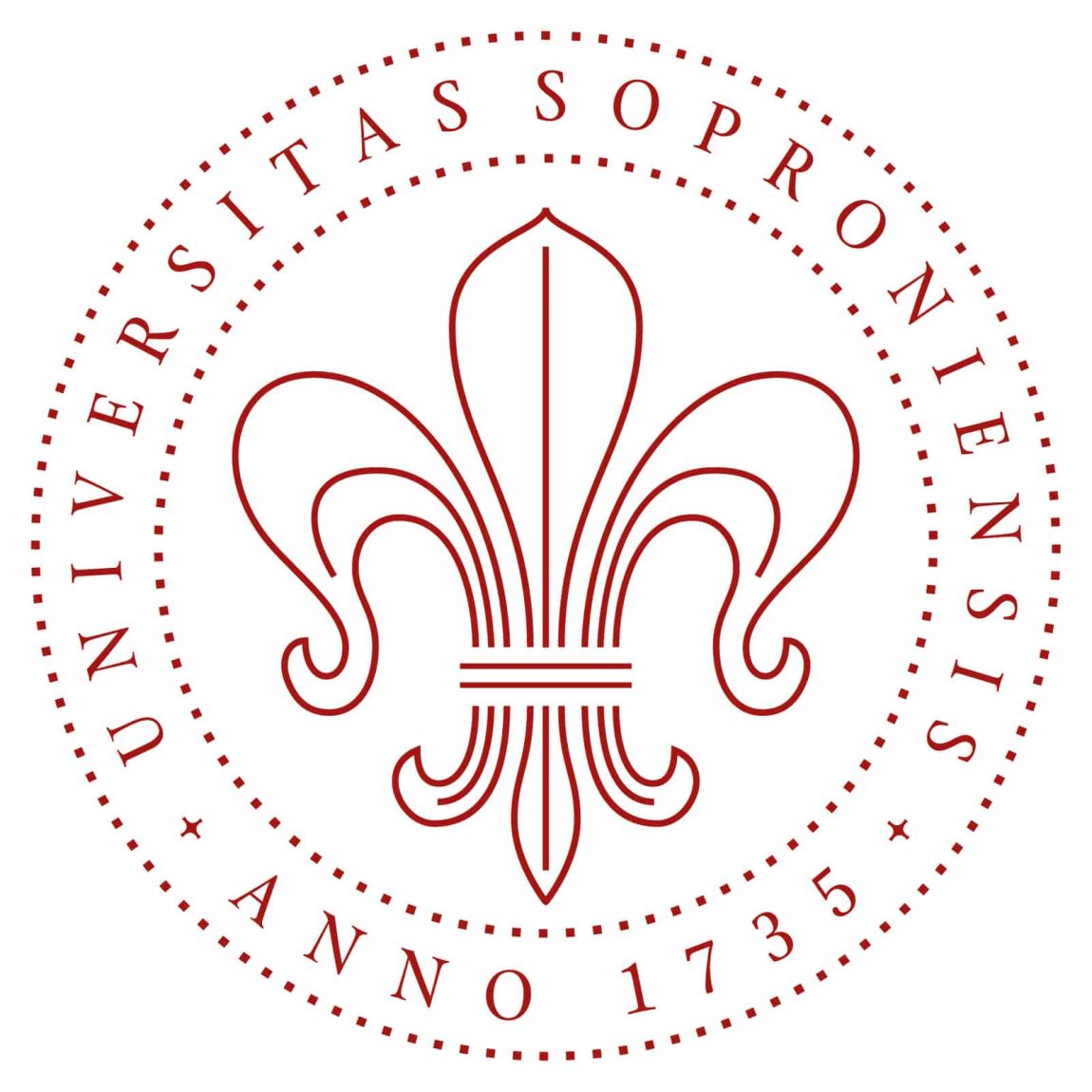Discovering Sopron: A Journey through History and Culture
Key Takeaways
- Sopron, known as “The Most Loyal Town,” is a city rich in history and cultural diversity, located on the Hungarian-Austrian border.
- The city’s architecture spans from Roman origins to Baroque and Renaissance influences, showcasing its long and varied history.
- Sopron is a significant wine-producing region, known for Kékfrankos (Blue Frankish) and Traminer wines.
- It’s a hub of German-speaking culture in Hungary, evident in its bilingual signs and strong historical ties.
- Sopron played a crucial role in European history, notably in the Pan-European Picnic which contributed to the fall of the Berlin Wall.
Introduction to Sopron
Nestled on the Hungarian-Austrian border, near Lake Neusiedl/Lake Fertő, lies Sopron, a city steeped in history and culture. Known as Ödenburg in German, Sopron is a testament to the rich tapestry of European history. This article delves into the heart of Sopron, exploring its historical significance, cultural richness, and modern-day allure.
Historical Evolution: From Ancient Scarbantia to Modern Sopron
The Roman and Medieval Eras
- Origin as Scarbantia: The area now known as Sopron was once a Roman city named Scarbantia, with its forum situated where Sopron’s main square stands today.
- Medieval Rebirth: Post-Roman Empire, Sopron emerged from ruins. The Hungarians fortified the old Roman city walls in the 9th century, laying the foundation for the modern city.
The Renaissance and the Ottoman Era
- Resistance and Resilience: Despite being ravaged by the Ottoman Turks in 1529, Sopron remained unoccupied and became a refuge for Hungarians.
- Baroque Rebirth: Post-1676 fire, Sopron underwent a transformation, with Baroque architecture replacing medieval structures, symbolizing the city’s resilience and renaissance.
20th Century and Beyond
- The World Wars: Sopron experienced significant challenges during World War II, including bombings and occupation.
- The Iron Curtain Era:
Post World War II, Sopron, once close to the Iron Curtain, evolved as a city with dual identities, balancing its historical roots with modern industrial aspirations.
The Fall of the Berlin Wall
- Pan-European Picnic: A landmark event in European history, the Pan-European Picnic in 1989 near Sopron facilitated the escape of East German citizens to the West, setting in motion events leading to the fall of the Berlin Wall.
Cultural Tapestry: Sopron’s Multifaceted Identity
Architectural Heritage
Sopron’s cityscape is a visual narrative of its tumultuous past. Its architecture is a mosaic of Roman foundations, medieval fortifications, and a flourish of Renaissance and Baroque designs. The city center, a UNESCO World Heritage candidate, is a testament to this rich architectural heritage.
Linguistic and Cultural Diversity
- Bilingual Identity: Reflecting its proximity to Austria, Sopron embraces a bilingual identity with Hungarian and German influences evident in its culture, language, and signage.
- Cultural Celebrations: The city celebrates its diverse heritage through various festivals like the VOLT festival and the Spring Festival of Sopron, attracting tourists and locals alike.
Sopron’s Wine Legacy
Renowned for its vineyards, Sopron’s winemaking tradition is a blend of Hungarian and Austrian influences. The region is particularly famous for its Kékfrankos (Blue Frankish) and Traminer wines, contributing significantly to Hungary’s wine culture.
Sopron Today: A Blend of History and Modernity
Economic and Social Developments
- Tourism and Economy: Sopron’s economy benefits from its EU membership, with a boost in tourism and trade. The city is also noted for its dental clinics, earning it the title “dental capital of the world.”
- Educational and Cultural Hub: As a center of education and culture, Sopron attracts a diverse population, contributing to its vibrant and dynamic character.
Conclusion
Sopron, with its rich historical tapestry, cultural diversity, and modern developments, stands as a unique city in Europe. It’s a symbol of resilience, a melting pot of cultures, and a beacon of historical significance. Whether for its architectural splendor, its wine-making heritage, or its pivotal role in European history, Sopron is a city that truly deserves its title, “The Most Loyal Town.”
_Explore Sopron, where history breathes in every corner, and culture vibrates in the streets. Visit Sopron – a city
where the past and present converge in a beautiful symphony of experiences._
Visit Sopron: A Journey Through Time and Taste
- Historic City Center: Wander through the cobbled streets of the old city, where history comes alive around every corner.
- Wine Tasting Experience: Indulge in the exquisite flavors of Sopron’s famed wines, including Kékfrankos and Traminer.
- Cultural Festivals: Immerse yourself in the vibrant atmosphere of Sopron’s festivals, celebrating the rich tapestry of local and regional heritage.
Practical Information for Visitors
- Getting There: Sopron is easily accessible by road and rail, located just a short journey from Budapest and near the Austrian border.
- Accommodations: From charming guesthouses to luxurious hotels, Sopron offers a range of accommodations to suit every traveler.
- Local Cuisine: Savor the tastes of traditional Hungarian and Austrian cuisines, a delightful culinary exploration.
Sopron: Where History Meets Modern Elegance
Sopron, the “Most Loyal Town,” is not just a destination; it’s an experience. A city where every stone tells a story, where every glass of wine sings the melody of the land, and where the warmth of its people welcomes you into its rich historical embrace. Come, explore Sopron, and be part of its continuing story.





